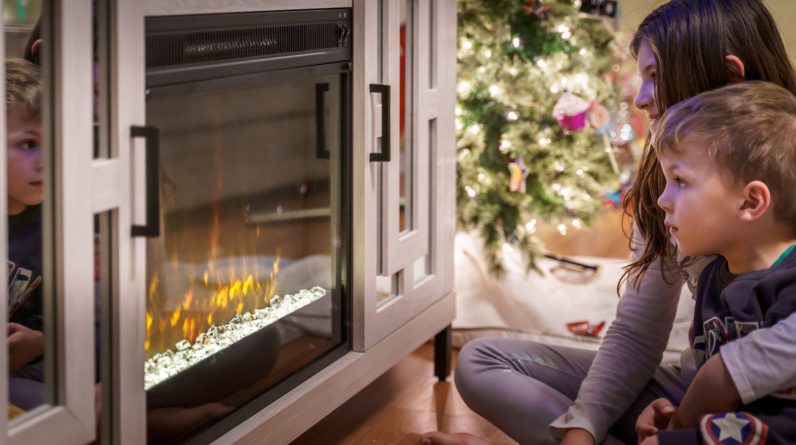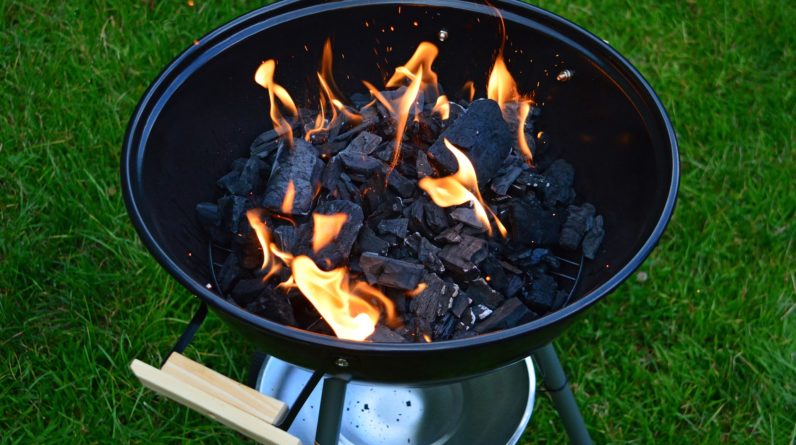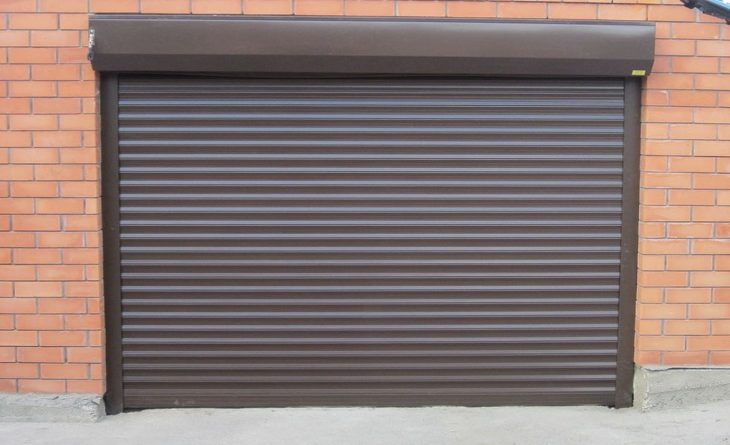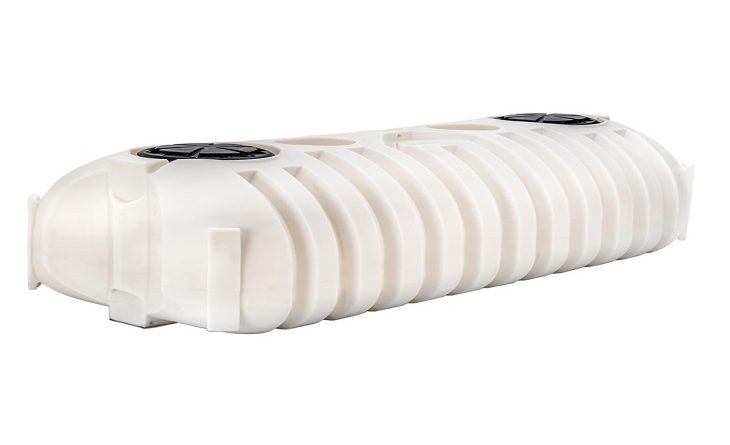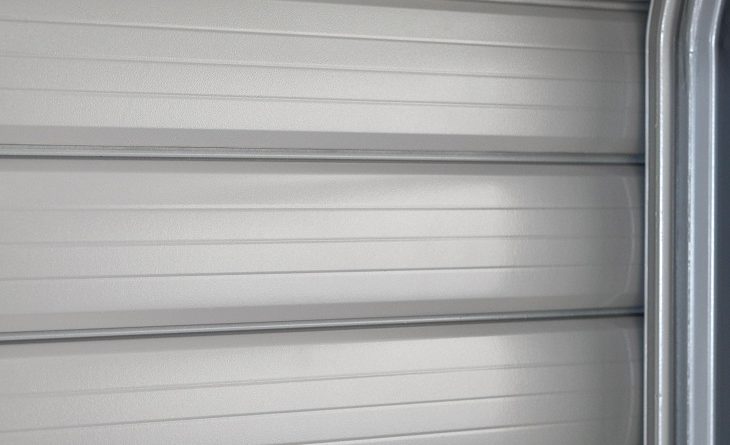
We often see beautiful plumbing installations but it’s hard to conceive all the work and components that go into having such fittings. Bathtubs have a long history in the human civilization. The famous Archimedes made his discovery on displacement while in a bathtub. It is safe to say we own bathtubs the numerous developments in modern shipping. In early European civilization, bathtubs were reserved for the rich who saw bathing as a relaxing undertaking rather than an environmental necessity for maintaining good hygiene. Numerous designs of bathtubs erupted and soon bathtubs were the center focus for interior designers in bathroom installations.
Modern designs turn bathtubs into works of art. A standard alcove tub is the most popular design. It’s the best design if you are going for a minimalistic look. Sliding doors are normally added to the tub to augment its aesthetic appeal. Freestanding tubs are used in modern architecture while deck-mounted tubs are for the more extravagant users who don’t mind spending a bit more to enjoy their baths. Ultramodern designs are not popular but they give us a taste of what the future has in store for bathtubs. Unfortunately, behind every beautiful fixture, there is a ton of work and components. A new bathtub involves a lot of plumbing design and installation of fittings.
Faucets, spouts and drains form the visible components of a bathtub. We see these parts every day. Faucets are the valves you adjust to get water. They allow you to set your desired temperature. There are four types of faucets. Ball, disc and cartridge faucets don’t come with washers. A compression faucet has a washer. Ball and disc faucets are popular more popular in kitchen sinks than bathtubs. This is because they don’t use one delivery pipe with an option of hot and cold taps. However, they can be used in bathtubs especially in houses with central water boilers.
Single handle faucets come with a movable stem cartridge that moves up and down to regulate flow. On the other hand, double handle cartridge faucets are almost indistinguishable from compression faucets. The difference is in how they feel upon use. In a compression faucet, you tighten down the washer to turn off the water. Cartridge faucets turn from off to on with only a half turn on the knob. The faucet turns off without added pressure being required as with a compression faucet. Double handle compression and cartridge faucets are the best selection for bathtubs that require both water supply and temperature regulation.
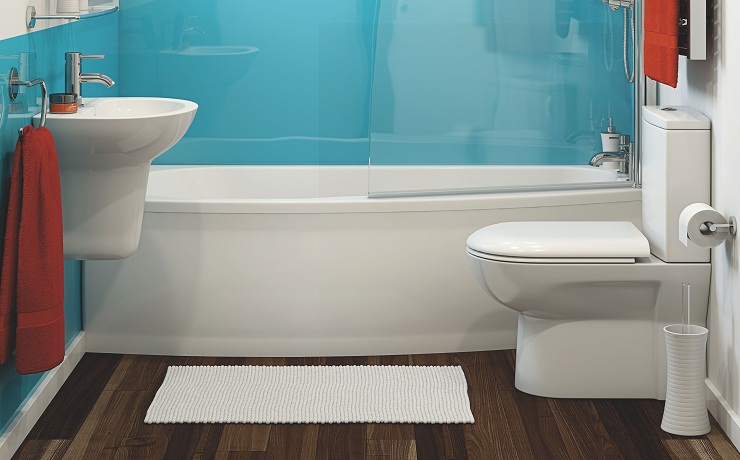
Tab spouts direct water into your bathtub. They often have a diverter valve which directs water to your showerhead. For the drains, most tubs have two. The main one is always either in the bathtub or on the shower pan floor. This drain disposes of dirty water. The second drain is an overflow drain that keeps the tub from overflowing. All these plumbing fixtures are easily accessible making repairs and replacements easy. Unfortunately, the other plumbing components are hidden and inaccessible. They include the supply pipes and the drain pipes.
In some bathtubs, the supply pipes are visible to some extent. An erect shiny supply pipe is one of the installations found in freestanding bathtubs to heighten the looks of the tub design. For most standard bathtubs, the supply pipes run behind the wall of the bathtub faucets. There are usually two separate pipes of hot and cold water connected to the faucet. The shower head only has one supply pipe with a hot/cold mix. The hot water pipe runs from the water heater to your tub. This is why it often takes a while before the water from your tap heats up.
To install a new bathtub you must set up drain pipes to direct wastewater to the drain line. The main drain pipe is attached at the base of the tub while the overflow drain pipe starts just below the spout. The two pipes join to drain to the sewer line. To control the waste line, you use a trip lever. Adjusting the lever lifts and drops a stopper or cylindrical plunger within the piping. This system forms the trip waste assembly that allows your tub to fill up properly and drain well. Failure of the system may mess up your bathing experience.
The plumbing Sydney that goes into installing a new bathtub is a lot. Meticulous work has to be carried out by the plumber for great results. At the event of leakages and other damages that warrant repairs, the faulty components have to be accessed whether they are behind the walls or in the flooring. Therefore it’s crucial to understand all the components that go into installing a bathtub before diving in to repair or install a new one. A lot goes into the simple bathtub you enjoy.
Read More:
